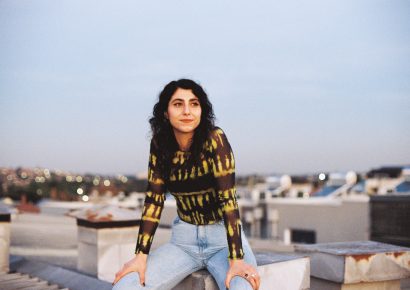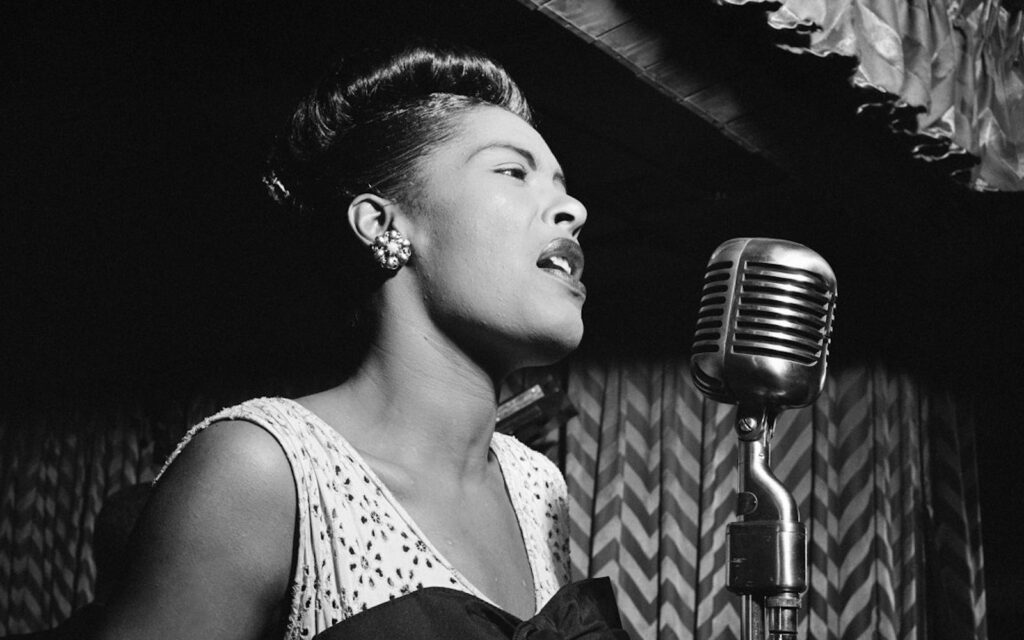Is there a more environmentally-friendly, conscientious and exhilarating festival on the calendar?
Though it lists an impressive array of established and fresh musicians, Strawberry Fields name the Murray River and the Australian bush as the true headliners of the event.
“Doesn’t matter how much you think you like music, or art, or food, or hanging out with your mates, your favourite thing you choose about Strawberry after you’ve been once is the location,” Tara Benney, Festival Director and Head Booker says.
And the location does keep drawing people back. This November will see the festival celebrate its 11th iteration in the wildlands of Tocumwal, along the banks of the Murray River.
The event is consistently heralded as one of the best festivals worldwide, a fact that Benney finds incredibly encouraging, and attributes to her team’s passion.
“We really want to give people something that we’re proud of, we want to give people something that can change their lives, in the corniest sense of that sentence,” Benney says.
“Strawberry Fields changed our lives. We met our best friends, we met our lovers, we discovered our favourite artists, we had life changing experiences of our own, through music and the event, and the beauty of the wild, and I think we have a responsibility to give that back to as many people as possible.”
Their commitment to inclusivity and accessibility is one of the many special attributes of the festival.
“I think of culture, and I consider music festivals a part of culture, as something that people have a right to access. It shouldn’t just be people who can spend $300 on a ticket, and then another couple of hundred on food and travel, and everything else to get yourself there,” Benney says.
The festival’s organisers tackle this from several angles, such as a large volunteer program allowing free festival access, and notably, a program which offers discounted tickets to those in a lower-income bracket.
But accessibility isn’t just about ticket holders, it’s also about involving the local community in which Strawberry Fields takes place. The festival’s community grant program, in which a portion of every ticket goes towards funding programs in the community, raises about $40,000 each year, funding everything from the local kinder starting a worm farm, to new tables and chairs for the Country Women’s Association.
“They’re 2,000 people 365 days a year, and we’re 10,000 people four days a year. The size is significant. We are a little temporary city of our own, and it wouldn’t be right to not have a relationship with the town that graciously hosts us,” Benney says.
“We’re now really connected. On a personal level, [the organisers] have been spending a couple of months a year there for over a decade, so everyone in town knows us by name, we know the local businesses. We even sponsored the local bowls club; all of their new set of bowls are labelled Strawberry Fields.”
But it’s not just the people of the community that Benney wants to protect. Strawberry Fields is committed to minimising its environmental impact on its ‘true headliners’ through a huge number of initiatives and programs, including a heavily subsidised transport program, and banning disposables at all food vendors. The food vendor area featured a giant dishwashing station, with all utensils and crockery made from recycled rice husk, a byproduct of rice farming.
“We throw a giant party. That’s a dream career. But with that great privilege comes a lot of responsibility, and we take it quite seriously,” Benney says.
And though Benney passionately explained a number of other initiatives the festival has in place, all which she considers mandatory for any festival, the weight of reducing environmental impact does not rest entirely on the shoulders of the festival.
“There’s a limit to how much event organisers can do. We have a responsibility, and we have to act in accordance with that, but that’s not 100 per cent of the equation. The biggest thing that needs to change is punters,” Benney says.
“I remember ten years ago, you’d have a swag, and maybe a case of beer, that would be you done. You might not even have an esky. These days, it’s how many pop up marquees are you going to connect to each other, and have your eight couches, and your inflatable unicorn toy, and eight outfits, and handbags, and glitter, and three wigs. And that’s great, from a creativity perspective, but it really sucks from an environmental perspective. And we really want to encourage people to express and to be colourful, but not with a mentality of single use,” Benney says.
“And, the location is the headliner,” Benney says, reiterating what is said in the press release.
“It is a luscious, giant, sandy beach, with ghostgum forest backing onto it, and Strawberry Fields is a really great time to celebrate what it means to live in Australia.”
When it comes to the music, Strawberry Fields’ lineup for 2019 is its most diverse and genre-bending. With electronic titans Derrick May, Leon Vynehall and Shanti Celeste at the top, the festival will also welcome performances from the less-electronic inclined Gordon Koang, Emma Donovan & The Putbacks, DRMNGNOW and Ausecuma Beats, among others.
Strawberry Fields comes to Tocumwal by the Murray River from Friday November 29 to Sunday December 1. Head to the festival website for tickets and more info.






